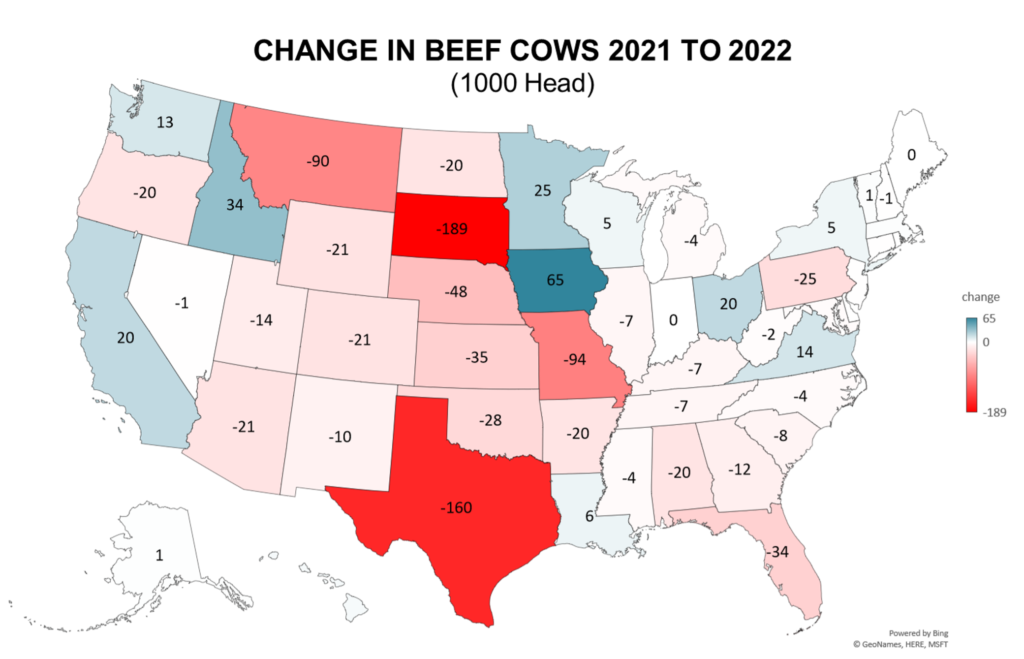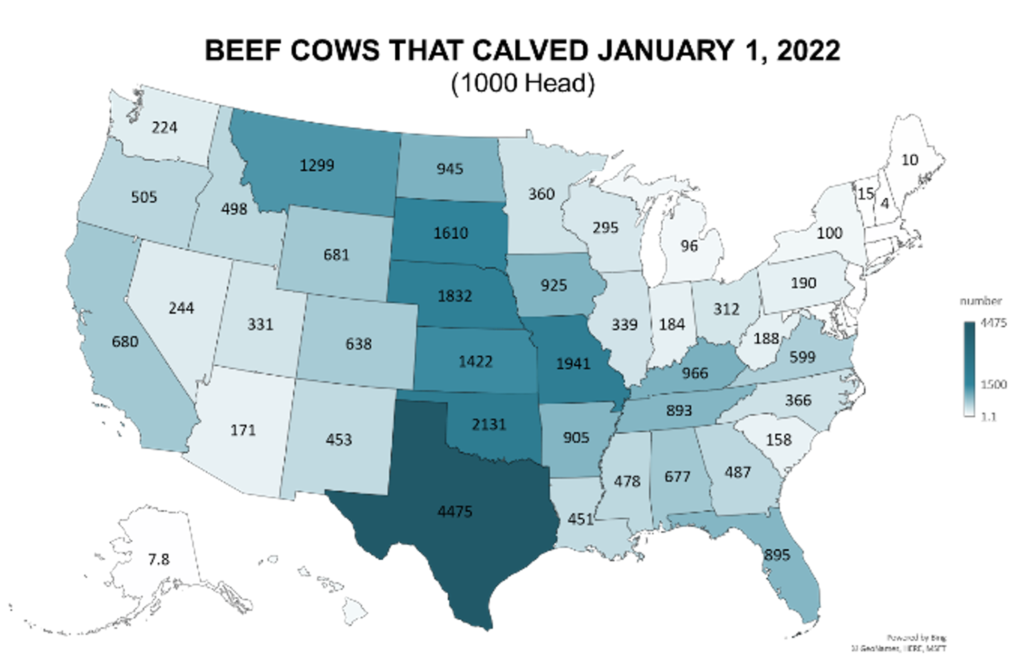
The cost of fuel is not just negatively influencing agricultural products, it is causing ripple effects across all areas of life that we call inflation.
While inflation is definitely occurring, the increase in the price of goods and services will mostly not decrease. The costs of living and doing business will create this new balance. The business climate is also variable, as you add the war in Ukraine and the Covid-19 or post Covid-19 pandemic situation.
The biggest question is if we are headed back to the early 1980’s and the farm financial crisis. This crisis, known as the largest farm crisis since the Great Depression, affected many farmers and ranchers with heavy debt loads. This combined with an oversupply of farm commodity and the Federal Reserve policies, resulted in a dramatic increase in farm foreclosures. Are we headed there again?
Some economists don’t think so. The biggest difference is that there has not been, and there is not expected to be, a dramatic decrease in land values. This makes the scenario a little different from the past. However, we are still in a dynamic and uncertain situation, and we are being impacted by drought.
Producers make tough decisions every day. In today’s environment, they will be making even tougher decisions in how to manage their production, financial, market, legal and human risks. They are going to have to calculate break even costs of producing that steer or heifer, evaluate their working capital, and be creative about their market strategies.
The cattle numbers for Nevada have not seen the decrease that most of us expected. The change in beef cows was the loss of about 1,000 head. Nevada maintained herds of 244,000 head as of January 2022 according to the USDA, National Agriculture Statistics Service (NASS). See Figures below from USDA, NASS. There has been an overall decrease in cow inventories, which usually means higher feeder/weaned calf prices.
Washington State University economist, Shannon Neibergs, told us last week that the import competition from Canada and Australia is lower, while Brazil is higher. The big unknown is that dairies are increasingly breeding to beef bulls, which can have impacts on the markets. I first heard about this in our 2022 Cattlemen’s Update. It is definitely happening in Nevada.
The other thing that is happening is the Cattle Market Price Discovery and Transparency Act. This Act would change the NCBA Regional Silo Policy to include the entire continental US, as the Western area was previously excluded. There would be minimum cash sales by region, to be determined, and the West would have to aggregate different states like California, Washington, Idaho, Utah, Nevada, Montana, and Oregon. An updated version of the bill was released in March 2022 and hearings and talks are continuing. The price discovery in cattle markets can be a heated debate in certain circles, as transparency and price discovery is important, but it would include additional government oversight.
Overall, higher prices in agricultural goods sold are expected, but there are also higher costs of production. There currently are no insurance programs to insure a producer’s profit margins. I do encourage producers to keep their records as we are in a drought, which if impacted by fire, pests, and extreme events, could be helped by some producer assistance programs through USDA. Additionally, Farm Service Agency has some new programs that attach to the Livestock Feed Program (LFP). I encourage you to stay close to your USDA, FSA office.
By Staci Emmn | Editorial


